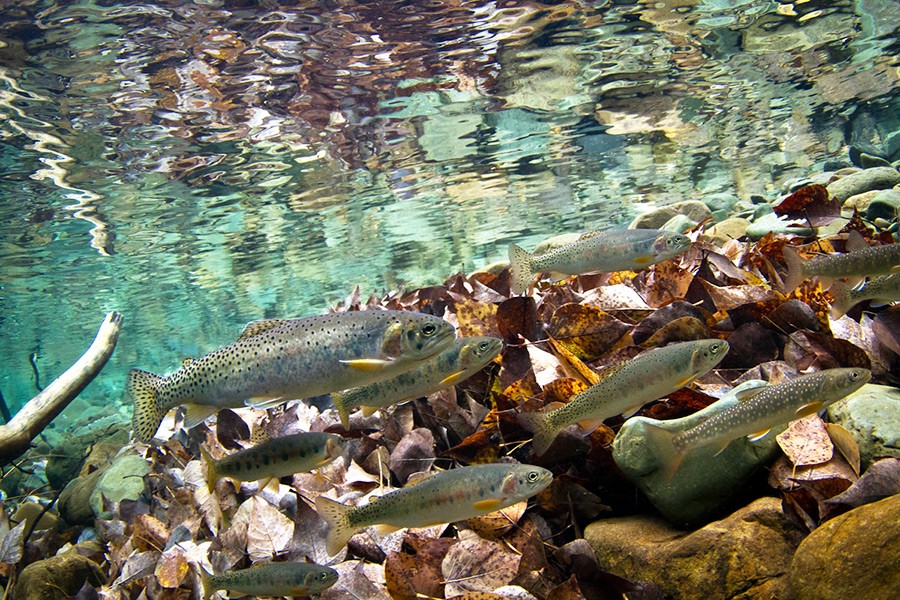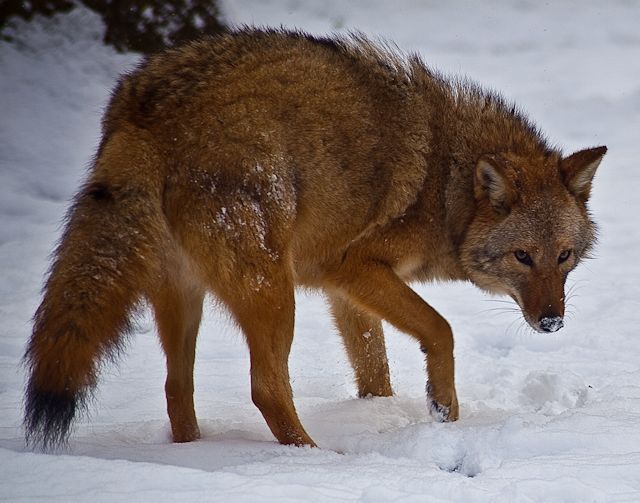
A group of researchers just published a thorough study of the effects of hybridization on Montana’s cutthroat trout population . . .
Cutthroat trout, a prized and legally protected fish species in Montana, are increasingly threatened by a growing trend of hybridization with non-native rainbow trout, according to research published last month in the scientific journal Global Change Biology.
A group of researchers from the University of Montana, the U.S. Geological Survey, Montana Fish, Wildlife and Parks and the University of Alaska analyzed Montana’s historical fish-stocking records and 35 years’ worth of genetic data collected by state biologists, finding that hybridization between the two species is increasing across remaining geographic range for genetically pure cutthroats.
For decades, fisheries managers in Montana and elsewhere in the Western U.S. stocked rivers and lakes with non-native rainbow trout, a popular sport fish that easily established breeding populations in the state’s waterways. The state abandoned the practice in 1969, but interbreeding between rainbows and the closely related cutthroats has resulted in a proliferation of hybrids and has eroded the native fish’s genetic pool throughout most of its range.
